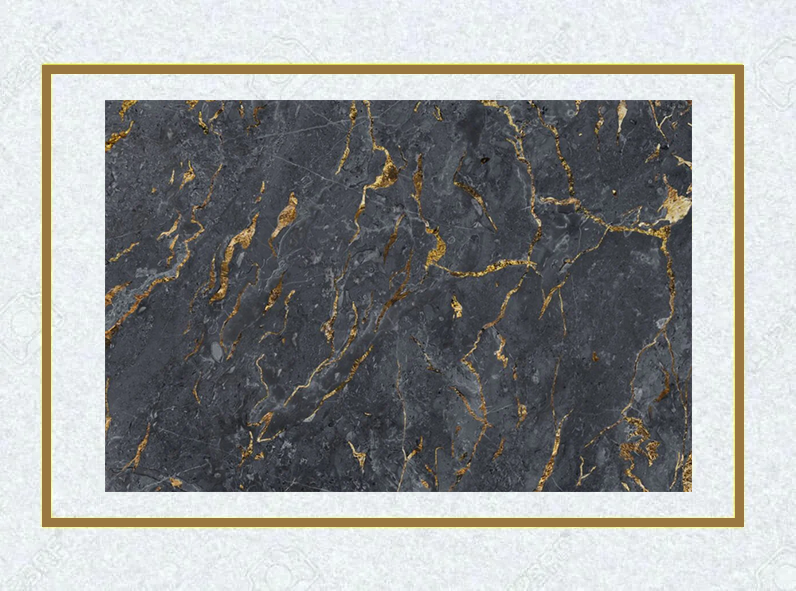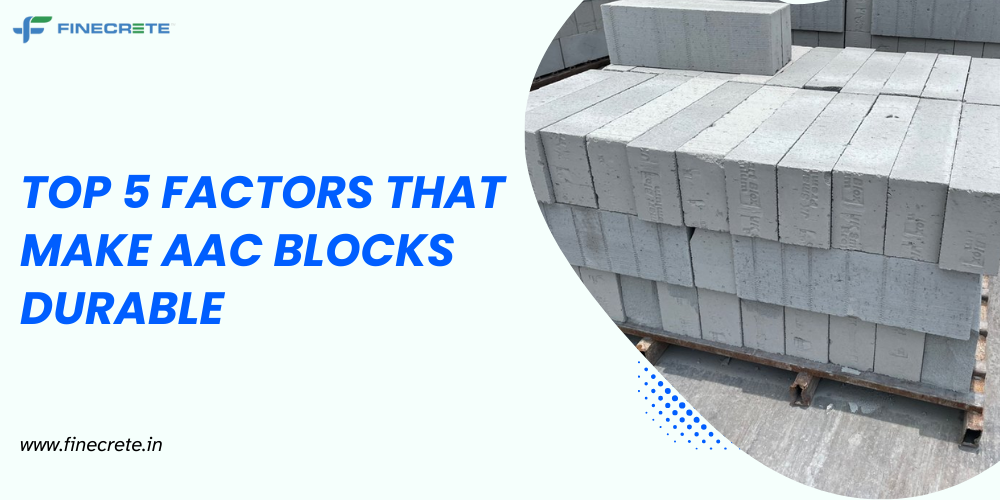Autoclaved Aerated Concrete (AAC) blocks have emerged as a preferred choice in the realm of construction materials, for builders as well as engineers. Renowned for their durability and versatility, these blocks come with a host of advantages. The excellent properties contribute to their long-lasting performance in various building projects.
Five Factors That Contribute to the Durability of AAC Blocks
Know about the top five factors that make AAC blocks durable and highly sought after in the construction industry.
- Low-Density:
This is one of the key factors that contribute to the durability of AAC blocks. Unlike traditional concrete blocks, AAC blocks are lightweight, which reduces the overall structural load on buildings. This characteristic not only simplifies transportation and handling but also minimizes the risk of structural fatigue and settlement over time. The low density of AAC blocks also makes them ideal for multi-story constructions, as they exert less pressure on the foundation and support structures.
- Self-Heat Insulation:
AAC blocks are renowned for their excellent thermal insulation properties, which help regulate indoor temperatures and reduce energy consumption. The porous structure of AAC blocks traps air pockets within the material, creating a natural barrier against heat transfer.
This self-heat insulation capability ensures that buildings constructed with AAC blocks remain cool in hot climates and retain warmth during colder seasons. By minimizing reliance on artificial heating and cooling systems, AAC blocks contribute to energy efficiency and sustainability in construction projects.
- Fire Resistant:
Fire safety is a paramount concern in building design and construction. AAC blocks excel in this regard due to their innate fire-resistant properties. The inorganic composition of AAC blocks, combined with their high melting point, enables them to withstand intense heat and flames without compromising structural integrity.
Buildings constructed with AAC blocks are better equipped to resist fire spread and mitigate damage in the event of fire emergencies. This inherent fire resistance not only enhances occupant safety but also reduces insurance premiums and regulatory compliance burdens for builders and property owners.
- Earthquake Resistant:
AAC blocks offer superior seismic performance compared to traditional building materials. Their lightweight nature and uniform composition make them less susceptible to structural damage during seismic events. AAC blocks exhibit excellent ductility and elasticity. It allows them to absorb and dissipate seismic forces effectively.
As a result, buildings constructed with AAC blocks demonstrate enhanced resilience against earthquakes, reducing the risk of collapse and minimizing the likelihood of injury or loss of life.
- Pest Resistant
AAC blocks are naturally resistant to pests and insects, making them an ideal choice for regions prone to termite infestation and other pest-related issues. Unlike organic building materials such as wood, which are susceptible to decay and pest damage, these blocks offer a durable and pest-free alternative for construction projects. By eliminating the risk of pest infestation, AAC blocks help preserve the structural integrity and longevity of buildings, minimizing maintenance costs and ensuring long-term durability.
The durability of AAC blocks stems from a combination of factors. The inherent qualities make these construction materials a preferred choice for builders, architects, and engineers who seek to construct resilient and sustainable buildings.






